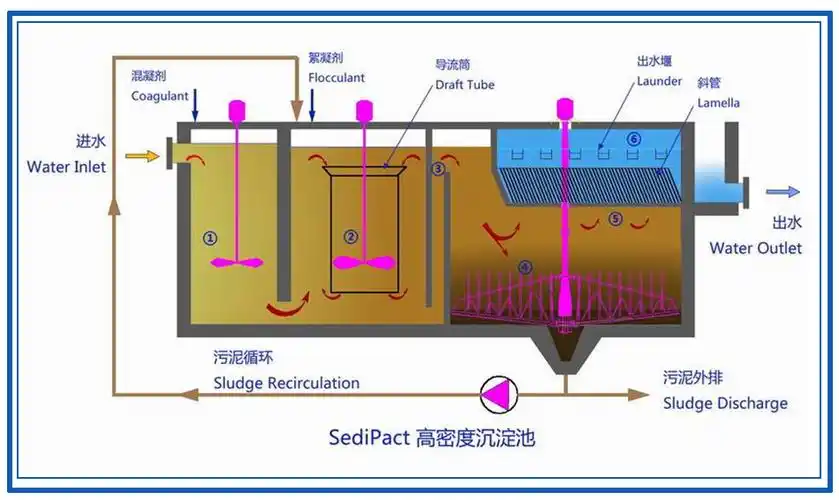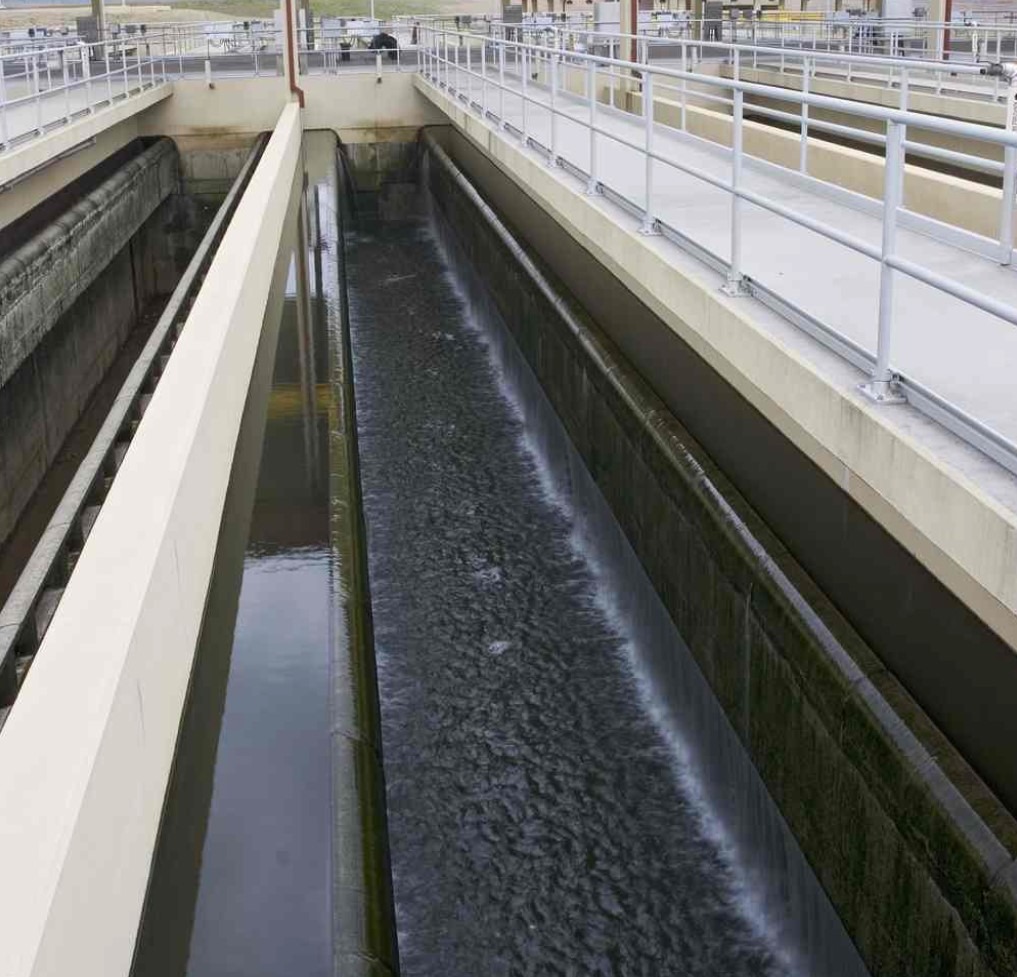1. An accident emergency tank (also known as an accident buffer tank or emergency accident tank) has the core function of collecting and storing wastewater generated during an accident (such as leaked materials, firefighting water, and contaminated rainwater), preventing it from entering the external environment or sewage treatment systems. This prevents environmental pollution, mitigates ecological damage, and buys time for the company to address the incident.
2. Role and Function: The core function of an accident emergency pool is to serve as the “last line of defense” for environmental risk prevention and control. Specific functions include:
2.1 Preventing Environmental Pollution: In the event of an accident (such as a leak or fire), it quickly collects highly concentrated, highly toxic, or pH-abnormal wastewater to prevent its direct discharge into natural water bodies or soil, thereby protecting the ecological environment.
2.2 Protecting the Sewage Treatment System: It prevents accident wastewater (such as wastewater containing organic solvents or strong acids and alkalis) from impacting conventional biological treatment systems, preventing system failure or fatal damage.
3.3 Supporting Accident Disposal: It provides a buffer for emergency response, ensuring that leaked materials, firefighting water, and other wastewater can be safely stored, allowing for subsequent treatment or transfer to minimize losses.
3.4 Ensuring Compliance and Safety: Comply with regulations such as the Water Pollution Prevention and Control Law to avoid penalties for environmental violations. Furthermore, by isolating flammable and explosive materials, the risk of secondary accidents is reduced.
4. How to Design an Emergency tank?
4.1 Volume Calculation Basis: This requires considering the capacity of emergency equipment, firefighting water consumption (e.g., water required to extinguish a fire), and the maximum local rainfall.
4.2 Installation Requirements: The tank must be kept empty to ensure emergency capacity. It should be located in a low-lying area to facilitate gravity flow. Direct connection to the rainwater system or diversion for other purposes (e.g., regulating ponds) is prohibited.
4.3 Supervision and Maintenance: Companies must conduct regular inspections and develop emergency response plans. Environmental protection departments should focus on verifying capacity and facility completeness, while safety departments should focus on fire separations and explosion-proof design.





